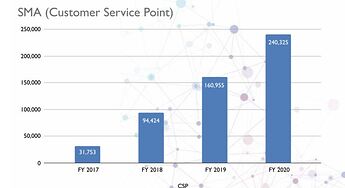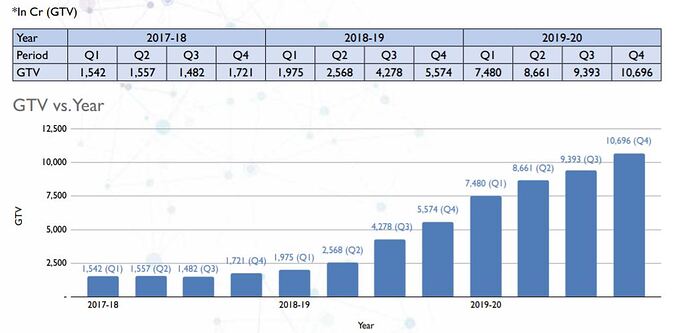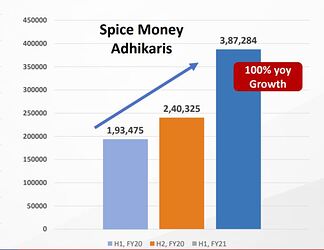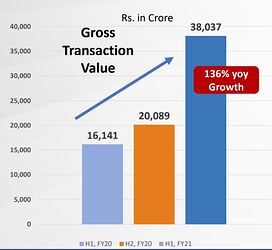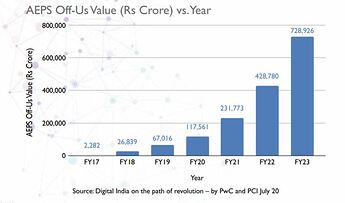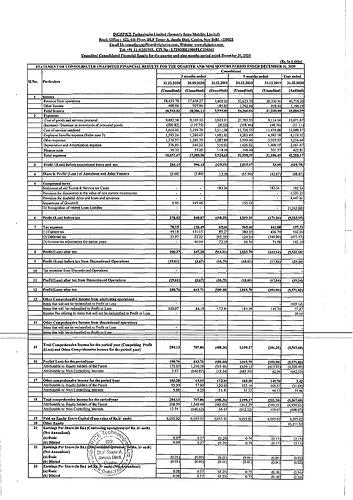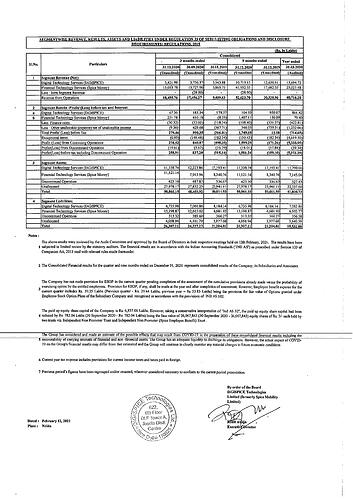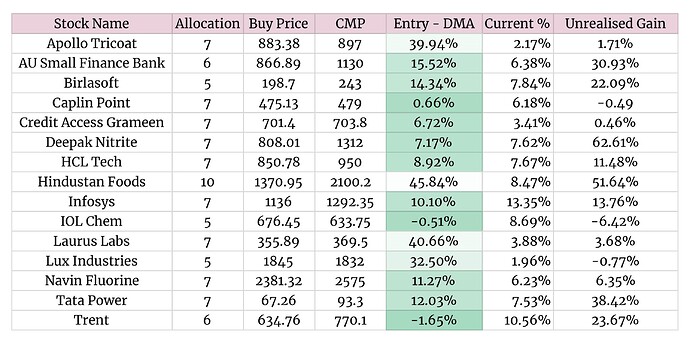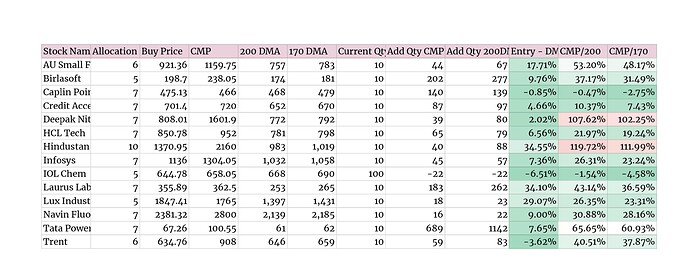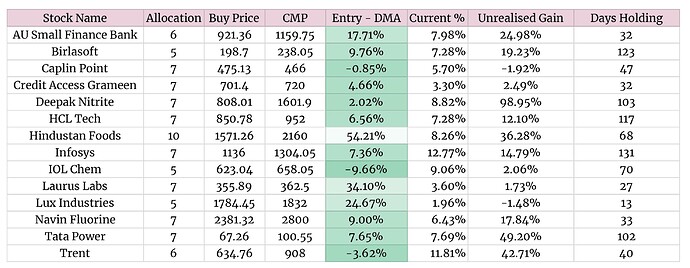Hi everyone,
I’m currently in the middle of my PhD in applied mathematics, and I’m very new to the stock market, having started only in July. I found Screener to be a wonderful testing ground for different ideas, and through it I discovered this forum. The threads for each individual stock has not only allowed me to complete my investing thesis, but has also chronicled how the story behind each stock has changed over time - something a price chart or a few articles from across the web just cannot do.
I’m creating this thread to share my portfolio, my ideas that I’ve been running through Screener, and to keep a record of new metrics that I learn over time.
Most of my capital is invested in the core portfolio. Further down, I explain what Screener idea lead me to invest in a particular stock. The fun begins with the second portfolio. The idea is that any profits that I book go directly into a second portfolio comprising of companies with < 1000 Cr. market cap. This allows me to invest without risk into companies that could potentially correct sharply, and also controls the amount I invest in them at a time, allowing me to see how the ideas develop.
Core Portfolio
Entry
With the current bull run, most of the stocks I’ve been watching are trading above their historic multiples. Interestingly, since July, many stocks have been trading with their 50DMA acting as a support line. I don’t want to search for value for the sake of it, and I’ve found comfort in entering around the 200DMA as funds also use that as a metric to enter. To account for huge movements that have happened over a short period of time (JK Tyres recently), I’ve also included the 170DMA to understand how the 200DMA will evolve. In the past, I’ve also found the Keltner channels and Starc bands to be useful.
- Trent, CaplinPoint, and IOL Chemicals have the closest entry to the 200DMA and I’m using this opportunity to buy more.
- Hindustan Foods, Apollo Tricoat and Laurus Labs have the highest entry compared to the DMA. I currently have one tranche of each. Equally, these three have seen earnings growth of 70%, 161% and 323% respectively, perhaps the price movements are justified.
Stock Selection Themes
I first found data on the sectors that are expected to see the most growth in the next five years, sourced from IBEF. Some highlights are:
- Retail is expected to grow at 13.1%, with online sales expected to increase by 31%.
- Financial services and e-commerce are expected to grow upwards of 30%.
- Steel, FMCG and speciality chemicals clock in at a modest 11-13%.
- The automobiles sector is expected to grow at 2.7%, while auto-ancilliaries are expecting 7.3%.
- Biotech and healthcare are expected to grow between 16-20%.
Obviously, these numbers are far from rigorous if you’re an expert in these sectors, but it suffices at the level of deciding portfolio allocation/sectors.
Screener Highlights
I like companies that have a 5 year sales growth median of over 20%. I use this filter along with positive return ratios and low debt to narrow down a search before applying other ideas. Once I find a smaller list, I then read about the business model through the annual reports / ratings reports. This automatically excludes turnaround stories, and requires a different screen for those ideas.
-
Hindustan Foods and Apollo Tricoat
Found these while looking for companies that have improved their net block by over 1000% in the last three years, while keeping their debt low. Other companies that turned up in the screen include HUL and SBI cards. -
CreditAccess Grameen and AU Small Finance Bank
These came up in a screener for MFIs with a large growth in sales over five years. CAG caters to rural women, and does three things that make its business model unique:
They hire people from the same families they lend to, enabling them to penetrate rural markets. They follow up on clients weekly to ensure payments, and also choose smart office locations at the junctions between different villages.
Microcap Portfolio
The theme here is to look for small companies that have a presence in global markets through their exports, have a good cash flow, and low working capital days/debt. Since I don’t see threads for some of these names, I’ll talk briefly about them in this thread, perhaps in a later post.
Note: Digispice ran up significantly since my entry, and I used that as a way to withdraw my entire initial capital. I still have a lot invested in it, but I’ve changed the allocation to 0 to account for this.
Digispice Technologies
Screener currently displays this stock as Spice Mobility which used to make and sell mobile phones, but it rebranded to Digispice in 2018. Their business model is to enable kirana stores in rural areas to serve as micro-ATMs for banks, and allow them to make other online payments at these hubs apart from cash transactions. Their quarterly results are expected at the end of the week, I’ll make a post about the company after the results.
I’ll slowly add my favourite ratios that I use to understand how my companies are doing. I also keep track of the CapEx / developments of my companies by the quarter they’re expected to start functioning, and I’ll post that too.
These aren’t the only stocks I’ve invested in since July, but I don’t want to diversify my capital beyond 15 stocks. I’ve been picking up different stocks during the minor corrections, I treat them as trades and exit after they’ve run up closer to their 52WH.
I’m happy to hear your views on my metrics as well as the stock selection. Thank you for your time.
- Chins



